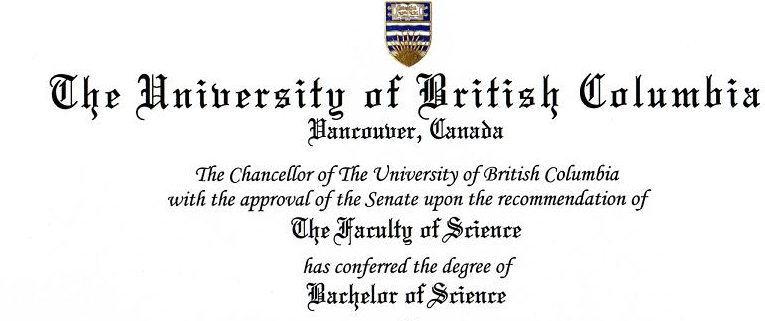“Racing never gets easier – you just get faster” (Greg LeMond, 3x Tour de France winner)
Much has been said on this blog (and likely in your weekly classes) about the automation of certain aspects of the legal profession, and the notion that the legal profession is changing in a myriad of ways. I don’t disagree – technology has allowed us to do things today that were unthinkable 20 years ago. But if one of the goals of this course is to help you develop a road map for your legal career, then along with all the discussion about how technology is going to change the way we practice, something needs to be said about the complexity of what we do as lawyers.
I’ve been a barrister for almost twelve years – but the first time I stood up in court to represent a client at trial was just over 15 years ago, while I was a volunteer at my law school’s poverty law clinic. It was a nerve-wracking and difficult experience – I had to prepare witnesses, cross examine police officers, and make arguments about the Charter of Rights and Freedoms. I had to explain to my client beforehand that there was a chance that he would be convicted, and if he was, that the conviction could have significant consequences in the future. The trial lasted 4 hours. To me, it felt like 4 days. When it was over, my client was acquitted. I was utterly exhausted, but at the same time elated – my client was “free to go”. I also felt, almost immediately, that I wanted to do it all over again. That’s when I knew that I had found my place in the legal profession.
At the time, I thought that standing up in court and arguing cases would get easier over time. I thought that by the time I had argued a few cases, the process would become more “routine.” I was wrong about that. Why? Because I totally underestimated the complexity factor.
The idea that cases are similar or the same is only true at a very basic level. In reality, cases progress from start to finish but it’s not easy to predict how they might travel down that path. To echo the quote above, practicing law doesn’t get easier – things just get more complicated. As a new lawyer, I argued cases in the Provincial Court or the Small Claims Court that involved a single issue and one or two witnesses. Evidence rules were relaxed. Trials were done in a day. I worked for a large firm, so my clients were often very large companies that could easily withstand the ups and downs of small litigation – a few wins here, a few losses there. Generally, I took instructions from someone in the legal department – a lawyer who, like me, understood both the litigation process and the risk that comes with going to court.
As a more senior associate, my clients tended to be a bit smaller – medium sized companies where I was talking directly to one of the senior executives. The cases slowly became more complex. Multiple issues, multiple witnesses, and multiple days in court. These clients were willing to take some risks, and they were prepared for the uncertainty of the court process, but let’s be honest – nobody wants to lose a court case.
Now I have my own practice, aimed mainly at small businesses and individuals. Easier, right? No way. Most of my cases still involve multiple issues, counterclaims, third parties, expert evidence, and just about every twist and turn you can think of. My clients are often individuals who have not had to deal with the legal system before – so I typically spend more time with them, helping them understand the process, the potential outcomes, and the stress that comes with the uncertainty of putting your case in the hands of a judge. The results matter more than ever. That 7th inning of the Jays game last week? That kind of roller coaster ride happens a lot in my world.
What does any of this have to do with creating the law firm of the future? I think there are three things that you can take from these war stories. The first is that working with clients has a huge human component that you can start thinking about and learning about right now. Clients are still looking for lawyers to be their advisors – to guide them through rough seas. Learning how to play that role in different situations takes time and patience.
The second is that working with judges and opposing counsel also has a huge human component. Arguing a case in court is not just about facts and law, it’s also about emotion and narrative. It’s about taking all that complexity, and turning it into something simple and clear so that a judge can make a decision – the right decision. Until someone tells me that IBM’s machines have taken a basic chronology of events and written something like To Kill a Mockingbird, I’m not too worried about my opposing counsel peeling off a mask and revealing herself to be a robot.
Finally, don’t underestimate the complexity of the work you’re about to get into – but at the same time, don’t lose the opportunity you have right now to learn how to deal with it.










